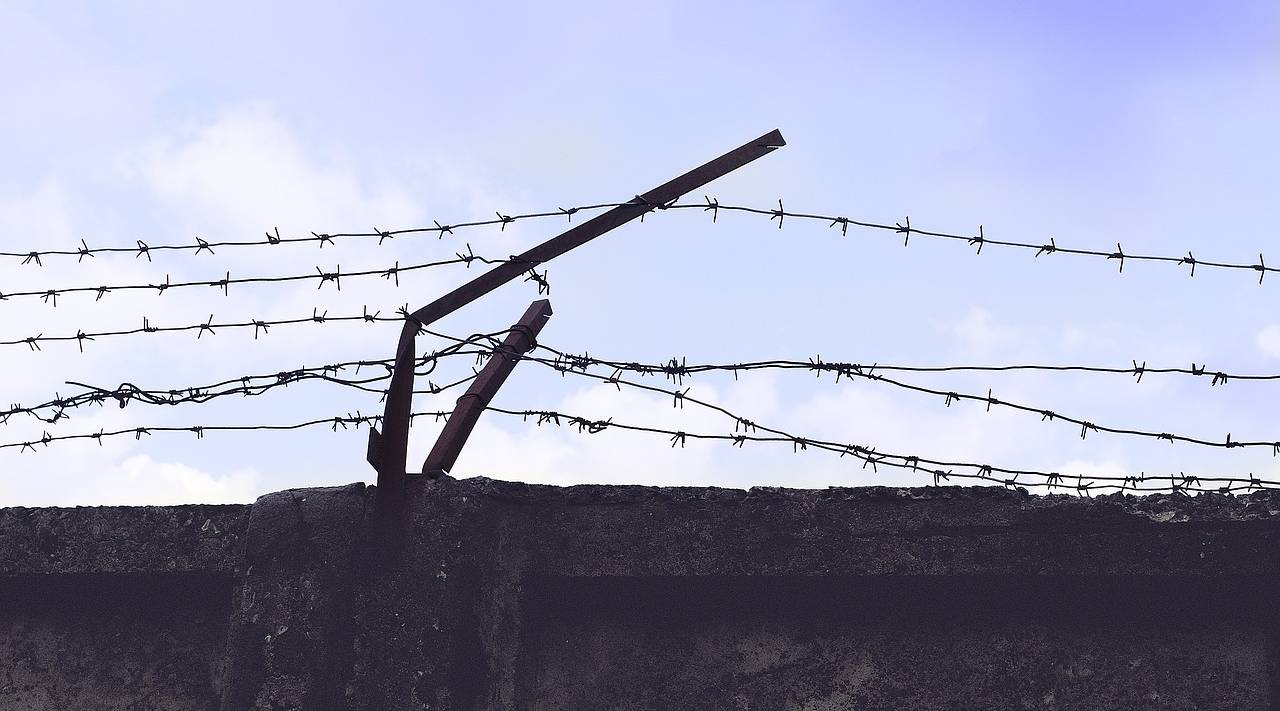
Philippines
Capital city — Manila
Country population
i2019Incarceration rate (per 100,000 inhabit…
i05/2018/ ICPRType of government
Human Development Index
0.699113/188
i2017/ UNDPName of authority in charge of the pris…
-
Total number of prisoners
i31/05/2018/ ICPRPrison density
i31/05/2018/ ICPRTotal number of prison facilities
i2017/ ICPRAn NPM has been established
Female prisoners
i15/04/2016/ ICPRIncarcerated minors
i2012/ WPBUntried prisoners
i31/05/2018/ ICPRDeath penalty is abolished
Safeguards
Physical integrity
The prohibition of torture is enshrined in the Constitution and the legislation
only the legislation
A law establishing torture as a distinct crime was passed in 2009. March 2016 saw the first successful conviction on that basis 1.
Amnesty International, “Historic ruling on police torture following Amnesty International Campaign”,1 April 2016. ↩
The United Nations Convention against Torture (UNCAT) was
yes, in 1986
On April 28, 2016, after its periodic examination, the United Nations Committee Against Torture denounces acts of violence inflicted on persons being arrested or detained.They are routinely beaten and kicked, subjected to electric shocks and simulated drowning (water boarding). One reporter for the Committee stated, “Persons deprived of their liberty were systematically exposed to various forms of torture. There were forms of torture applied to many parts of the body and they should be called atrocities.” She attributes these abuses to a faulty justice system, the absence of systematic prisoner registration, and lack of regard for the right to a defense.
Secret detention centers provide a space where torture can take place (see the section on Arbitrary and Secret Detention). Governmental investigations begun in 2015 and started focusing on a location in the Laguna province, but are not making progress. Allegedly, police officers at that location spin a wheel to decide which method of torture to apply.
All allegations and suspicions of ill-treatment inflicted on prisoners are logged
National Preventive Mechanisms and other external control bodies
The Optional Protocol to the Convention against Torture and Other Cruel, Inhuman or Degrading Treatment or Punishment (OPCAT) was
yes, in 1986
An NPM has been established
no
The Subcommittee for the Prevention of Torture (SPT) has visited the country
yes
between May 25 and June 3, 2015
Its report was made public
The government of the Philippines has refused to publish the report on those visits, which dates from February 23, 2016. The Sub-committee urges the Philippines to take immediate measures to reduce the overcrowding in its prisons.
The Commission on Human Rights (CHR) is the independent institution charged with monitoring respect for fundamental rights by authorities. It inspects detention facilities by performing visits. It receives complaints, especially from prisoners, their family, or their lawyers, of alleged human rights violations. It relays complaints to the relevant organisations. It can provide independent medical services and lend support to investigations. It promotes human rights through legal defense, research, and education.
In April 2016, the United Nations Committee Against Torture sheds light on the limits of the Commission on Human Rights (CHR). The CHR cannot visit detention facilities that fall under the authority of the army. It lacks the means to monitor the vast number of prisons effectively. The question arises of whether or not the CHR can carry out unexpected visits and make public its reports on prison visits.
The law provides for a sentence adjustment system
An early-release or remission system does exist. Its effect is limited, as management differs from facility to facility and there are only minimal means to support it. Few documents are digitalised. At the Quezon prison, credits for good conduct are recorded on paper. Prisoners should receive 3.5 days of early release time for studies, two for working and one for good behavior. They can accumulate up to eight days of early release time per week1.
Prisoners in national facilities must receive good evaluations from the guards to be able to request transfer to a prison farm. They must also have served half of their sentence 2.
Getting along in the overcrowded prisons in the Philippines (Système D dans les prisons surpeuplées des Philippines) in Le Temps, 6 May 2016 (in French). ↩
Philippines: Iwahig open-air prison (Aux Philippines une prison à ciel ouvert sur une île paradisiaque) in 20 Minutes, 26 June 2014 (in French). ↩